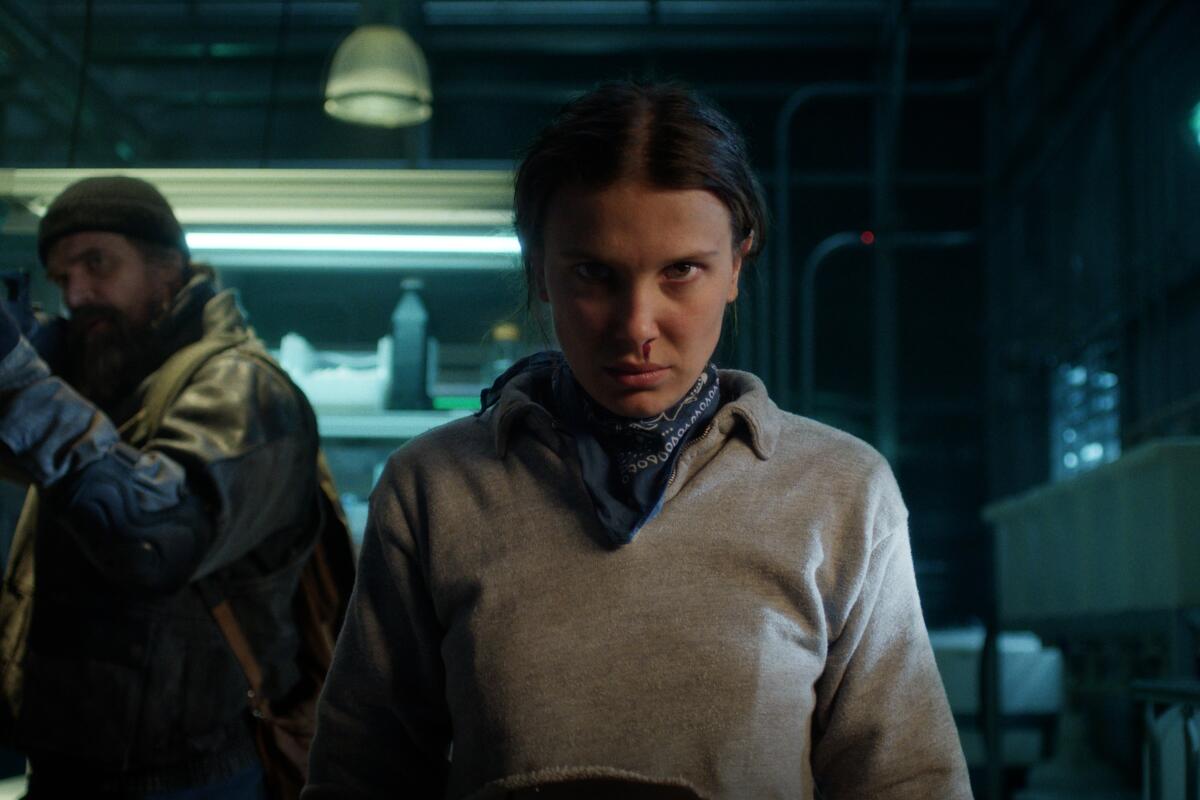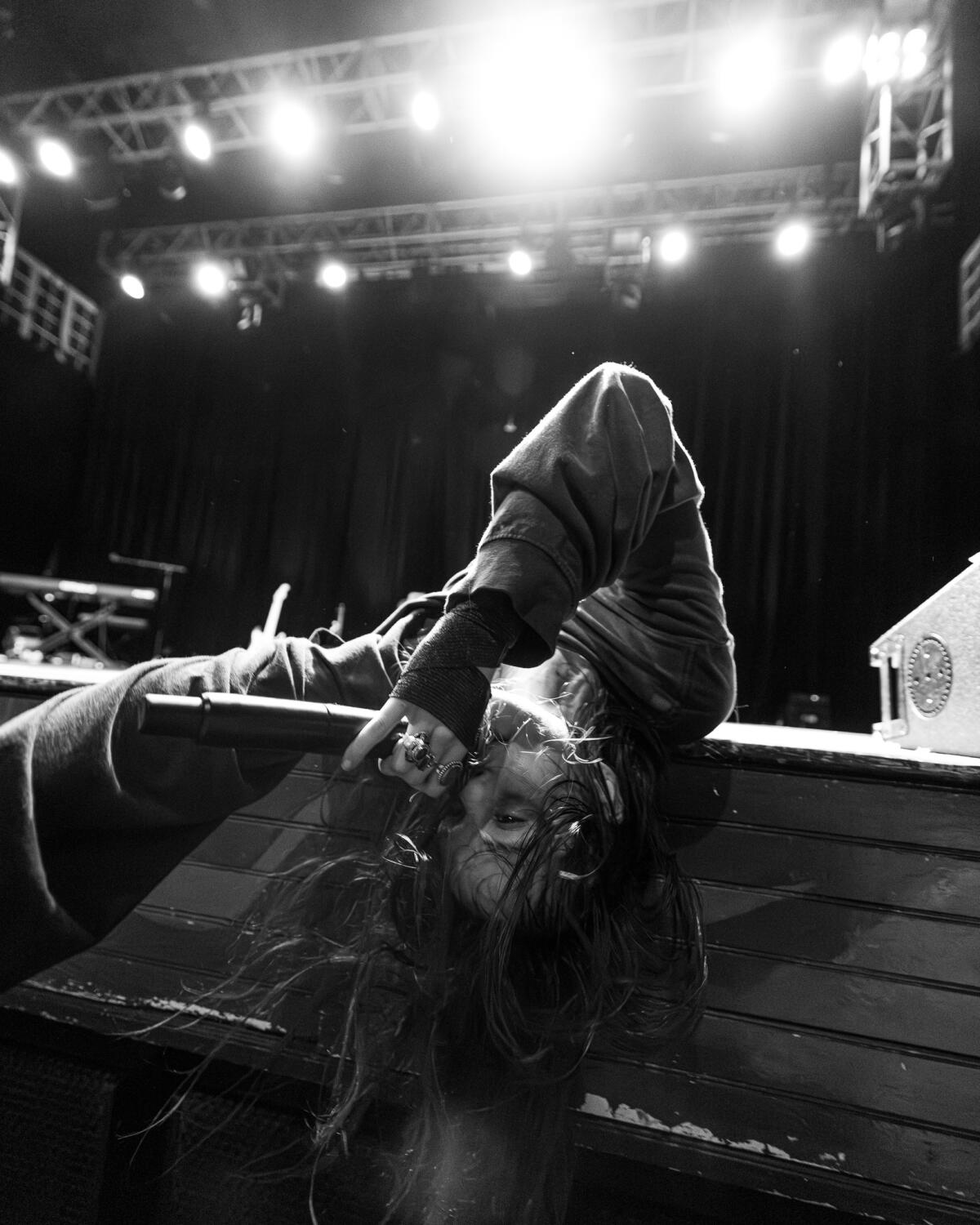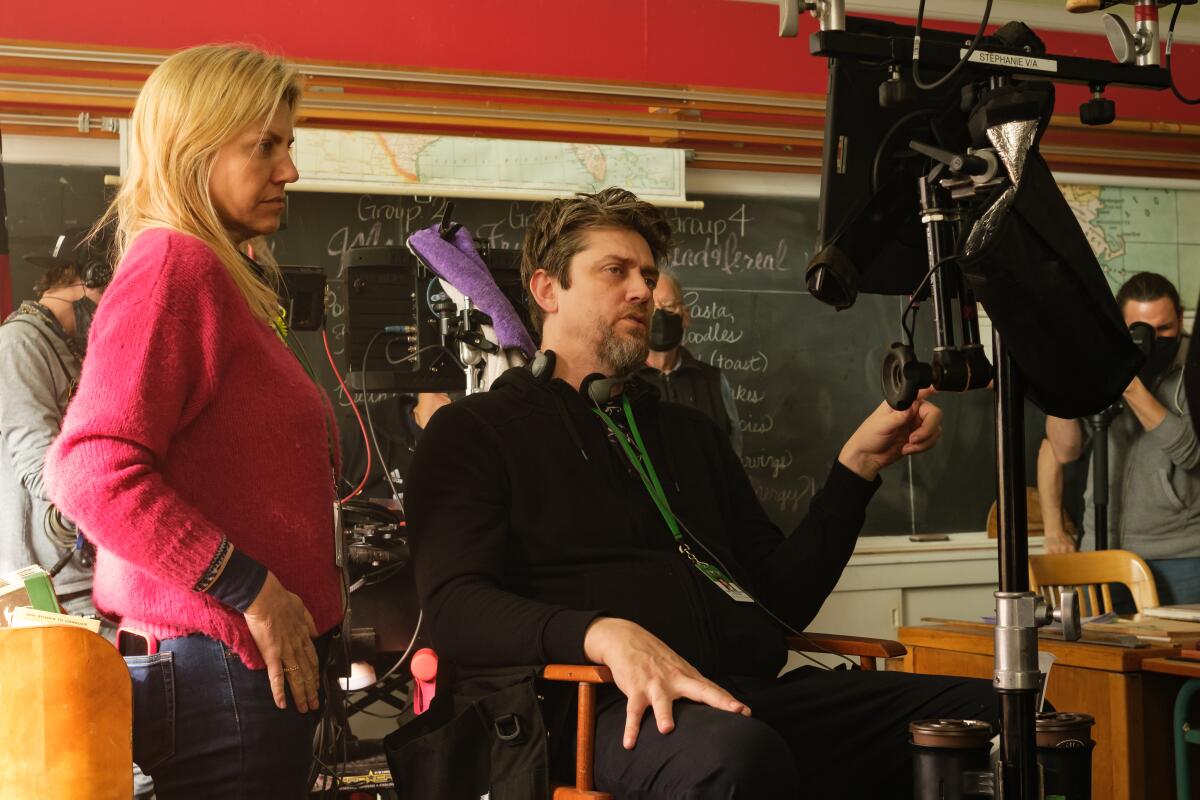‘Stranger Things’ Season 5 review: Our misfits are poised for battle
Seasons change. Kids grow up. Monsters evolve. Beloved TV series end.
“Stranger Things’” fifth and final season kicks off Wednesday after a nearly three-and-a-half-year absence. It’s a welcome but bittersweet reunion for fans of the show who’ve spent the last decade watching a gaggle of misfit kids (now teens) weaponize their nerd skills against supernatural and mortal enemies in the fictional town of Hawkins, Ind.
Will (Noah Schnapp), Mike (Finn Wolfhard), Lucas (Caleb McLaughlin), Dustin (Gaten Matarazzo) and Max (Sadie Sink) and their superpowered friend Eleven (Millie Bobby Brown) are now poised for a final battle against their mind-bending nemesis, Vecna, when the season’s Volume 1 arrives with four new episodes; Volume 2 (three episodes) drops Christmas Day, and the finale arrives Dec 31.
I might complain about the staggering of episodes — all timed for a holiday, of course — but the strategy gives sentimental viewers (my hand is raised) a bit more time to emotionally uncouple with the show.
The end of Netflix’s oddball-to-blockbuster series marks the end of an era, and surely the last generational touchstone to come out of series television. Gen Z, which grew up in the dawn of YouTube and, later, the emergence of TikTok, has generally favored short-form content over lengthier productions; however, “Stranger Things” became the exception. Young fans stretched their attention spans, watching entire seasons of a show where episodes might range anywhere from an hour to two hours plus. The Upside Down, a dark, gooey parallel universe of Hawkins, and its predatory demogorgons became part of their middle school vernacular, in the same way that pre-streaming generations used “isms” from their favorite shows: (“Just MacGuyver it, dude”).
“Stranger Things” takes place in the Reagan era, so from its very beginnings parents of Gen Zers could watch the series with their kids while revisiting their own fond and/or torturous memories of growing up in 1980s. My son was in the sixth grade when the show premiered, meaning I was there to confirm that, yes, tragic hairdos, pleated jeans and unchecked bullying were a thing in the ‘80s. But unlike Eleven, we did not have the power to make said bullies pee their pants in public. If only …
The Day-Glo decade still plays a pivotal role when “Stranger Things” returns this week. Look forward to a Tiffany “I Think We’re Alone Now” moment, nods to great bands like the Fall, and a well-timed mention of a flux capacitor. But Hawkins is no MTV dance party. The sleepy town is under a militarized quarantine. It’s for their own protection, and because the government is up to no good, again. Nothing comes in or out of the place without the knowledge of authorities, unless it’s smuggled in by the perpetually scheming Murray (Brett Gelman).

Hopper (David Harbour) and Eleven (Millie Bobby Brown) make their way to the Upside Down. (Netflix)

Max (Sadie Sink) remains comatose as Lucas (Caleb McLaughlin) attempts to reach her. (Netflix)
Last we knew, antagonist Vecna (who takes on many forms) had finally opened the gates to the dandruffy Upside Down, merging it with the real world. It was a violent event, but most of the town folk believed all that shaking and noise was because of an earthquake. Poor souls.
Hawkins’ beloved band of nerds know better. They’ve been doing covert “crawls” with the goal of locating and destroying Vecna before he turns the town, then the world, into an oozy wasteland. Joining the fight are Mike’s older sis Nancy (Natalia Dyer), Will’s big brother Jonathan (Charlie Heaton), friends Steve (Joe Keery) and Robin (Maya Hawke), Will and Jonathan’s mom Joyce Byers (Winona Ryder) and Elle’s adopted father, Jim Hopper (David Harbour). Max is comatose in the hospital. Her consciousness is trapped in Vecna’s mindscape, no matter how much Lucas plays Kate Bush’s “Running Up That Hill” to wake her.
Following multiple attacks on their modest home by demodogs and U.S. agents, the Byers have been living in the basement of Mike’s home with his family, the Wheelers. The unfulfilled Mrs. Wheeler (Cara Buono) has been hitting the sauce and the usually flaccid Mr. Wheeler (Joe Chrest) is finally bothered by something — they’re eating his morning bacon! The youngest Wheeler, Holly (Nell Fisher), is now approaching the age that the core cast of kids were when the series premiered in 2016. And Erica (Priah Ferguson), Lucas’s don’t-mess-with-me little sister who still delivers all the show’s best zingers, is now in Mr. Clarke’s middle school science class.
Elevating the storylines of younger characters helps bridge the age gap created when the core cast of kid actors had the audacity to grow up over the show’s run. Brown was 12 when the show premiered. She’s now 21. Critics have complained that they should not be playing high schoolers. But accepting 22-year-old Wolfhard as a teenage Mike is not a stretch — especially given everything else “Stranger Things” fans have been willing to believe in (“talking” Christmas lights, psychokinetic battles, a nefarious Soviet lab under the mall food court).
There are spoiler embargoes aplenty so there’s a limit to what can be said about the first four new episodes out for review. Suffice to say there’s a mega battle on the horizon. Eleven has been training hard, honing her powers. Now she can fling armored vehicles, leap atop large buildings and bend the toughest of minds with a minimal nosebleed. Dustin is fighting angry, hardened by the death of his Hellfire Club buddy, Eddie Munson (Joseph Quinn). Steve and Jonathan are still competing for Nancy’s attention while her focus is on perfecting her sharpshooting skills. Hopper has a distractingly long beard. And Mrs. Wheeler proves to be a formidable warrior when armed with a jagged, broken wine bottle.
Their original kids’ circumstances haven’t changed all that much, but their outlooks have, making for unpredictable twists in their powers, strengths and alliances.
In the final season of their little show that did, creators the Duffer Brothers (twin siblings Matt and Ross), lean heavily on the interpersonal feuds and friendships between all the aforementioned characters, pairing high-budget action with advancing storylines about folks that fans have come to love. It is, after all, the kids at the center of the story that kept us coming back for more. And it appears they’ll continue to do so, right up to the end.














